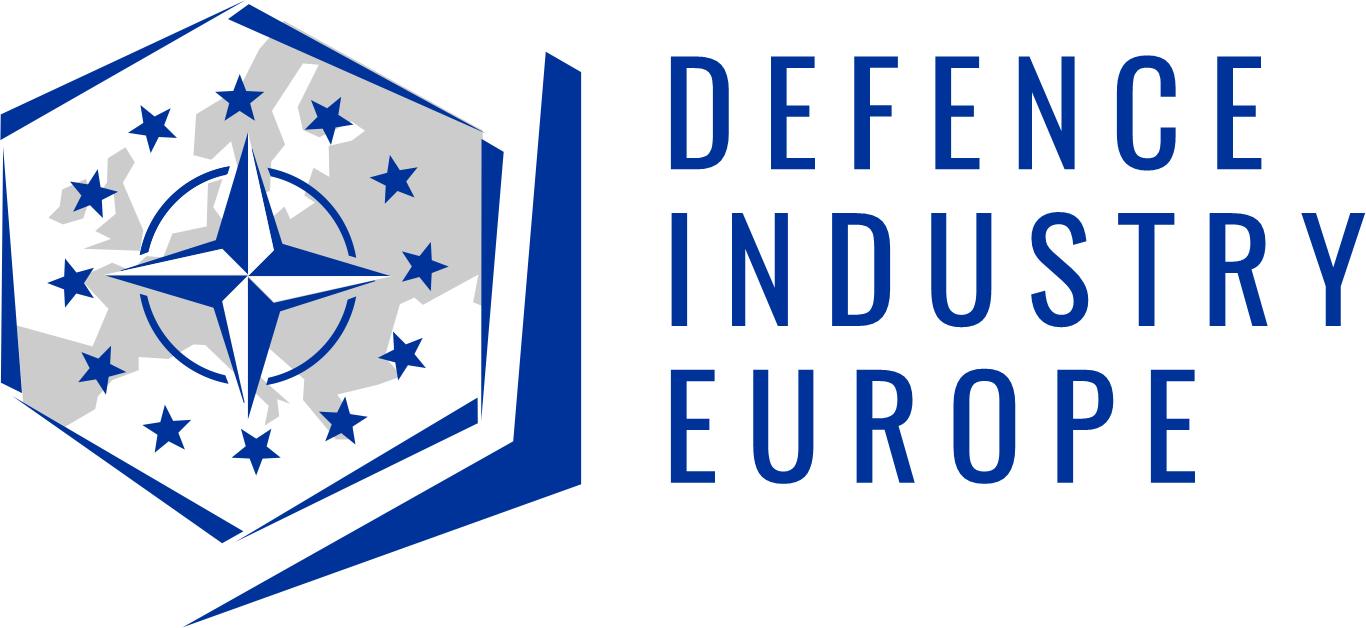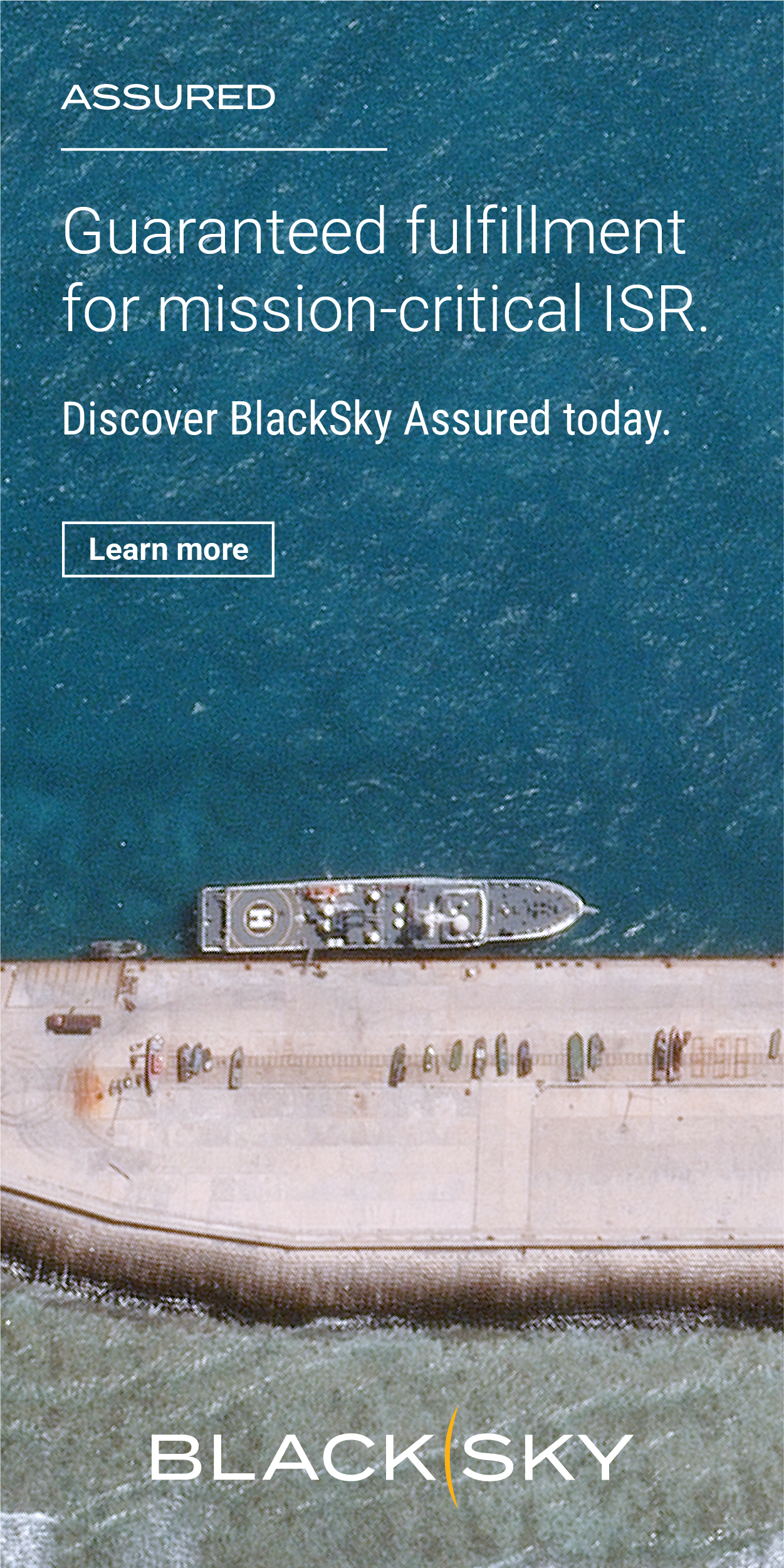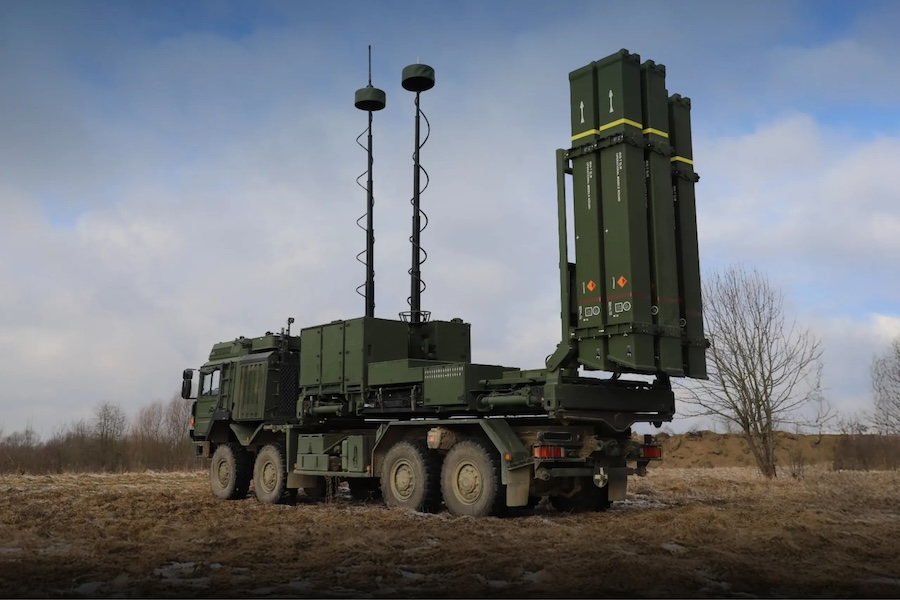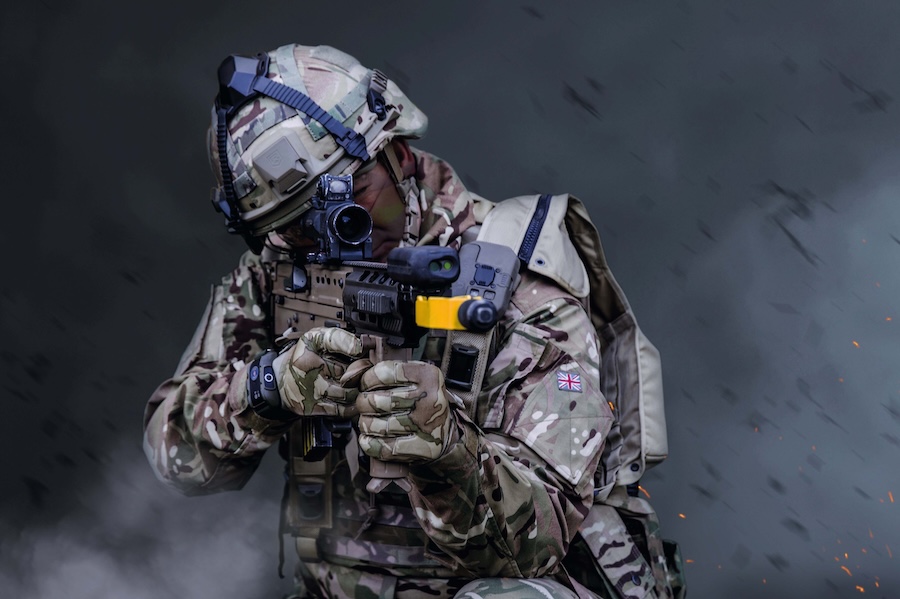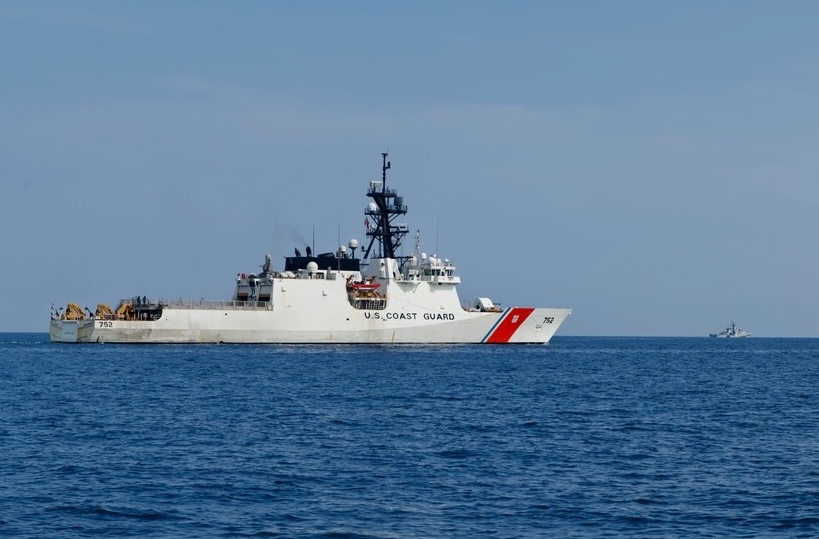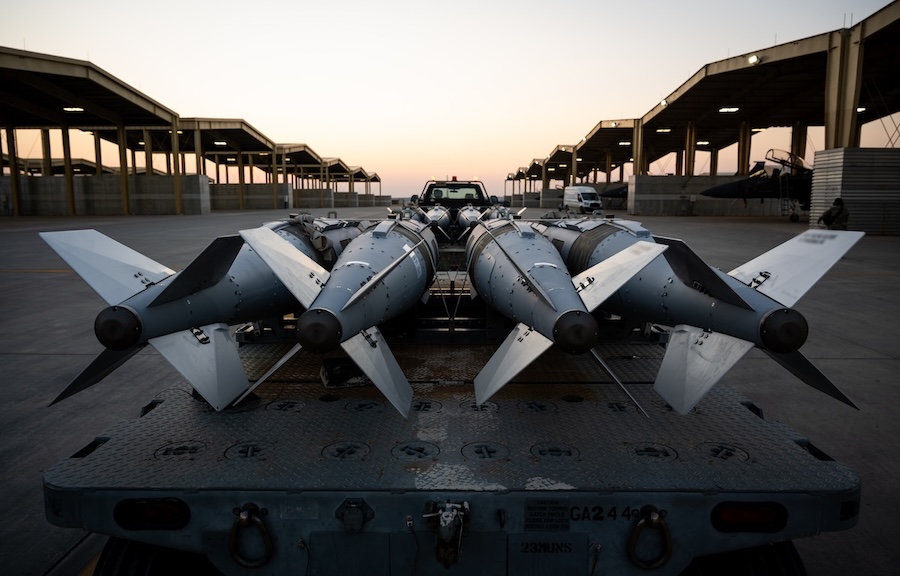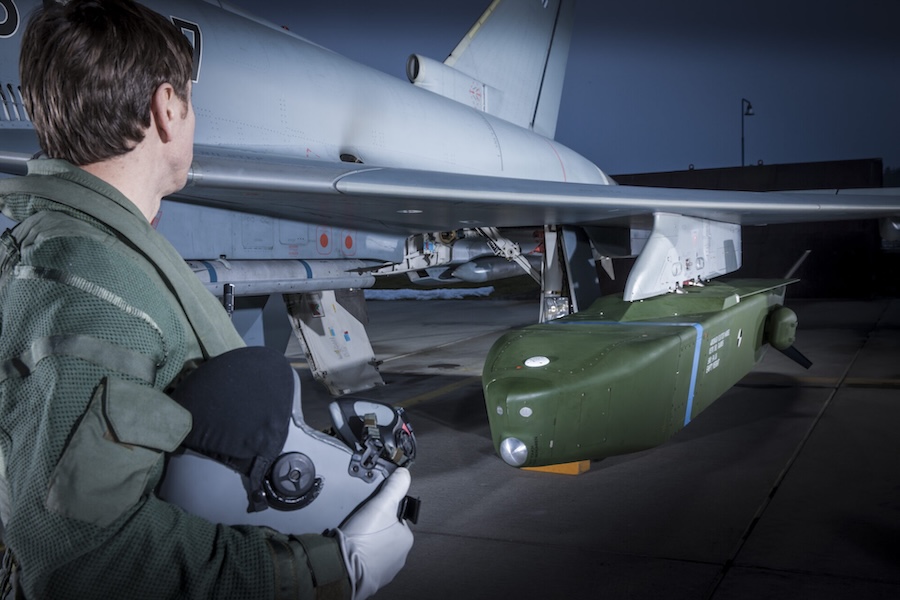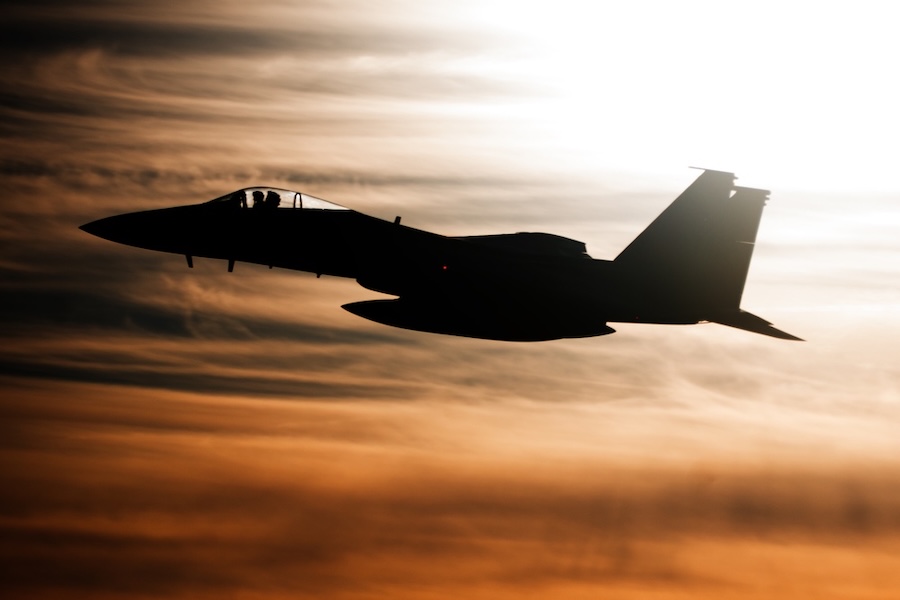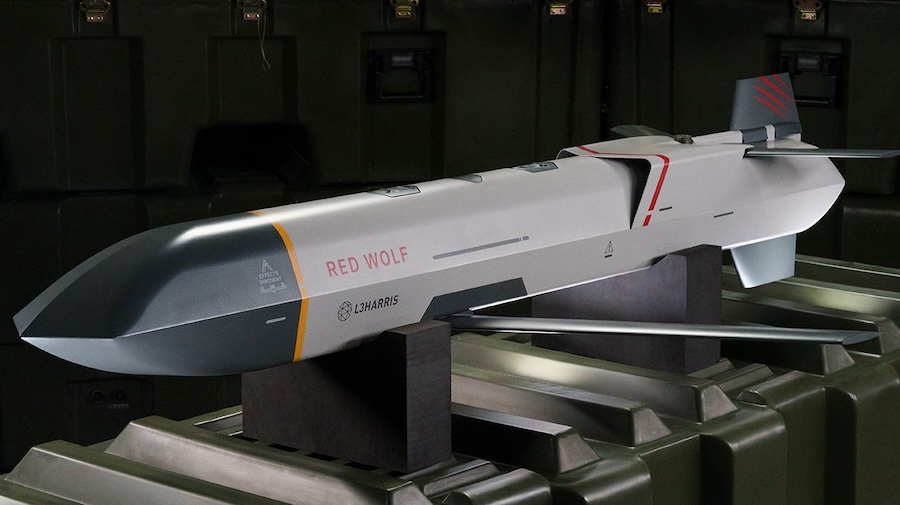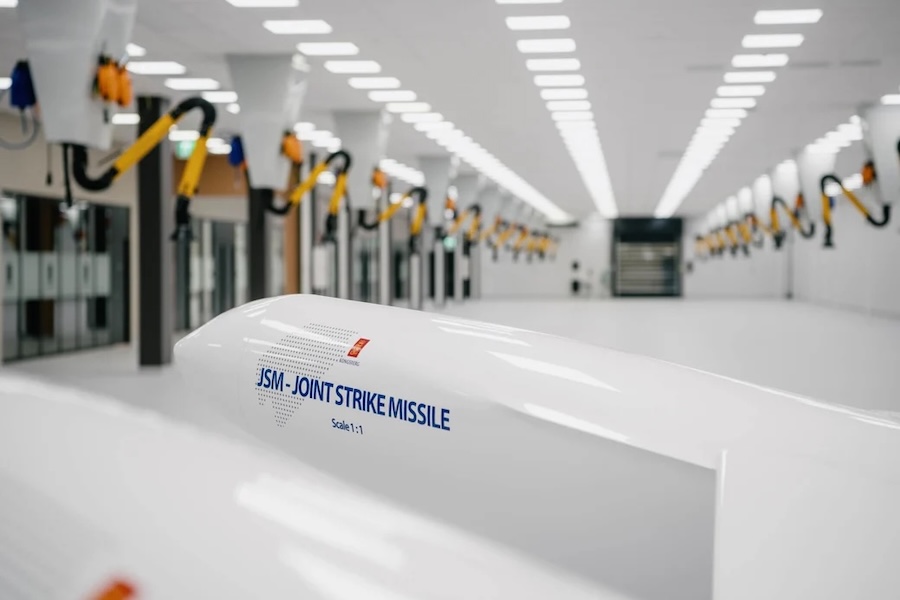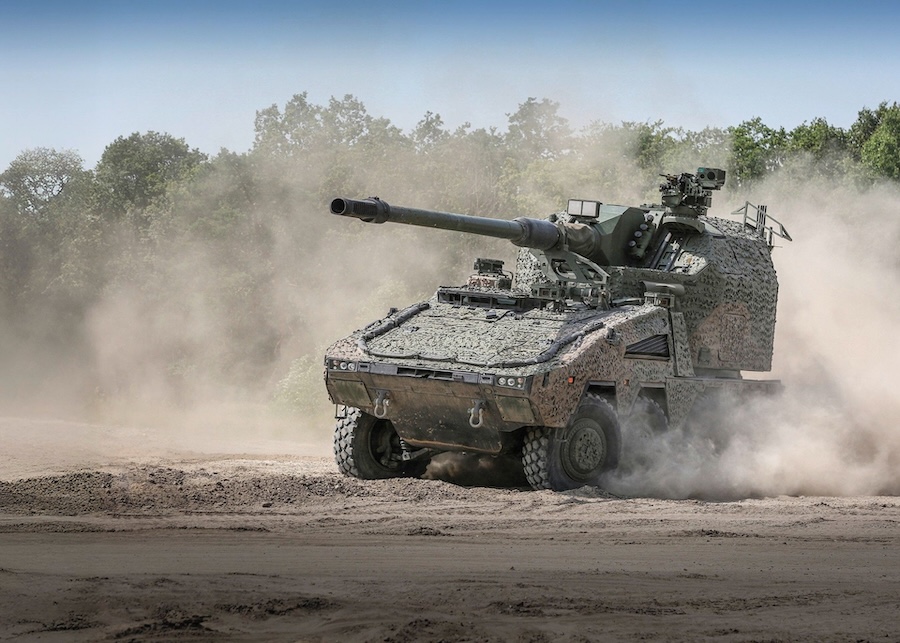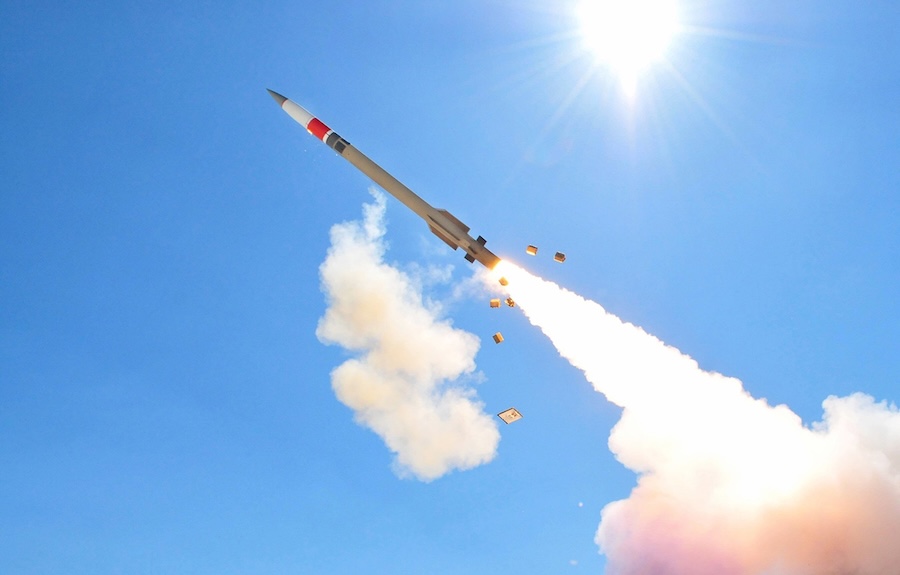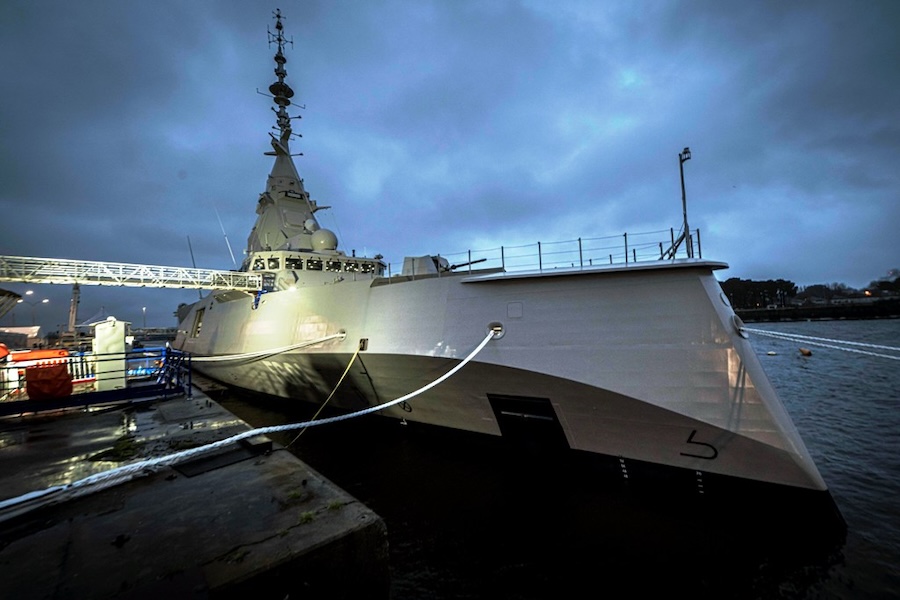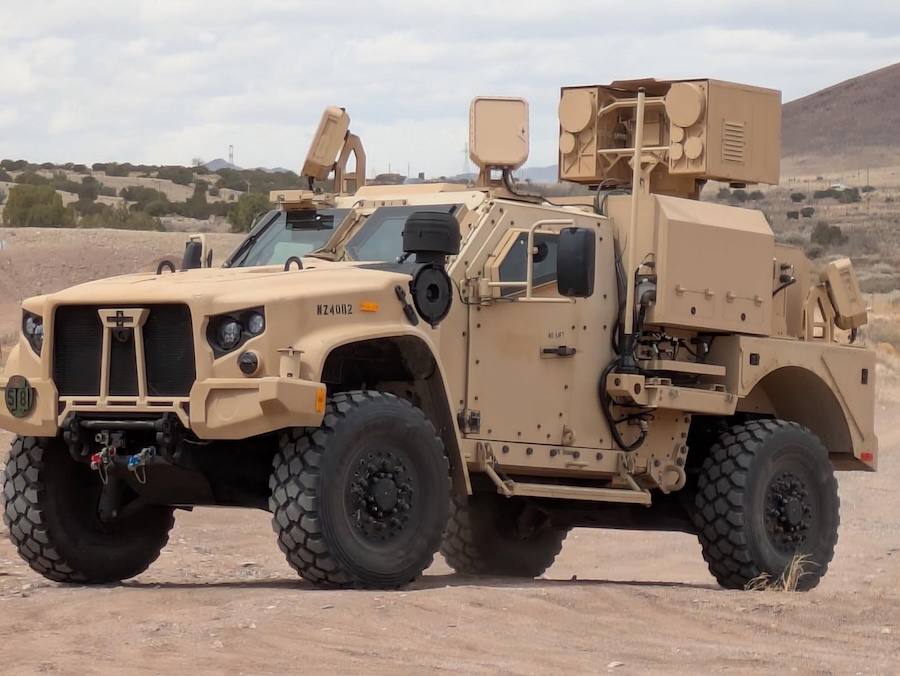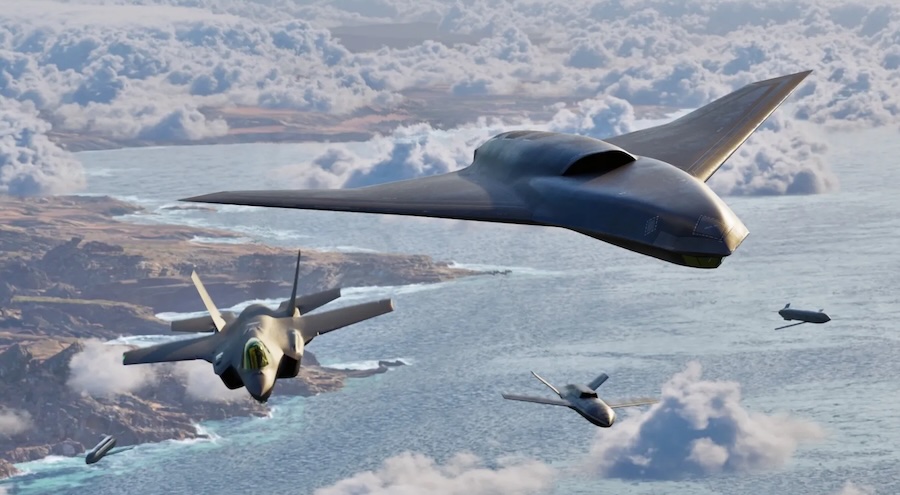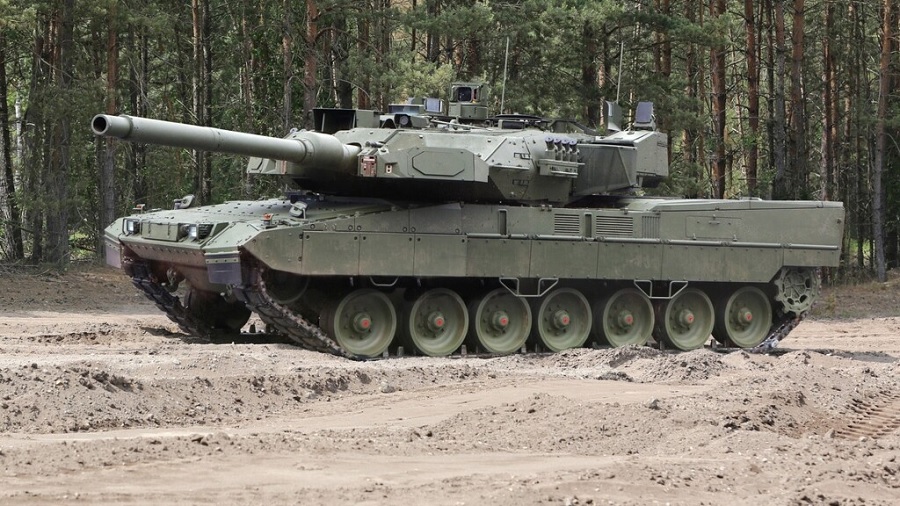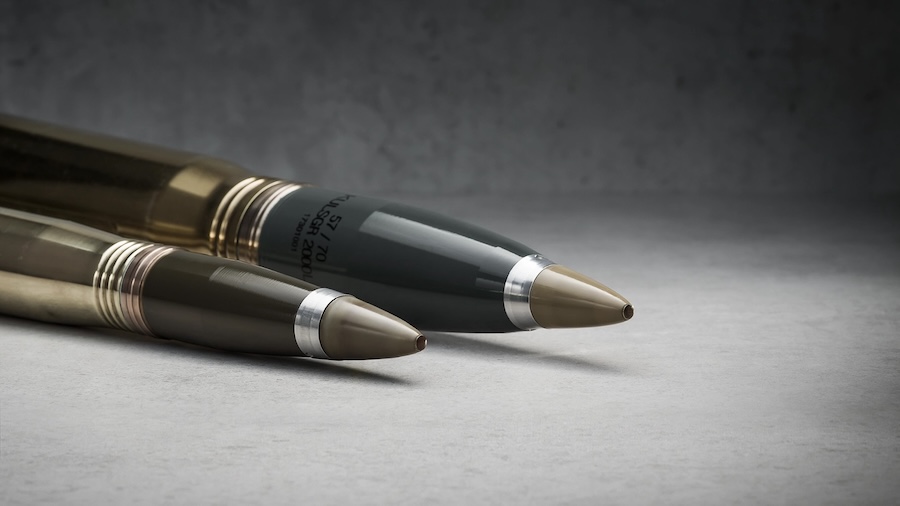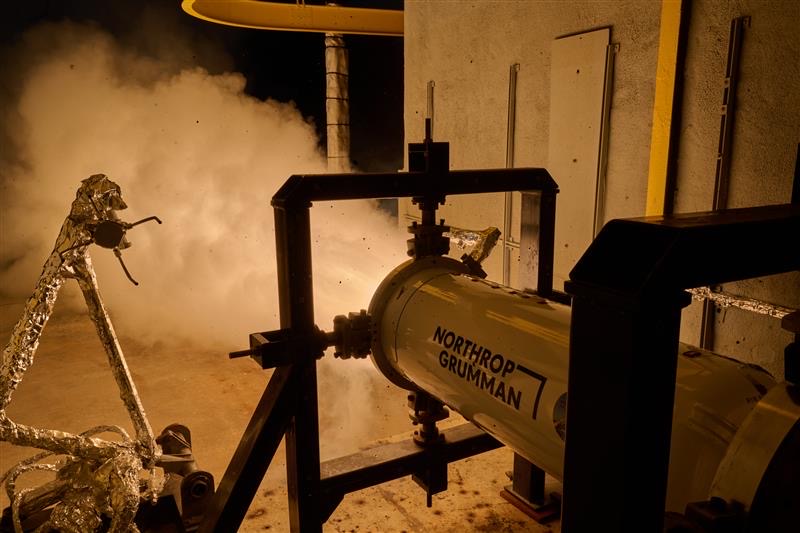The twin proprotor design of Nomad aircraft combines the agility of a helicopter with the speed and range of a fixed-wing plane. It is capable of vertical take-off, hover, landing, and extended wing-borne cruise, making it suitable for a wide range of missions.
Operated through Sikorsky’s MATRIX autonomy technology, Nomad aircraft use fuel-efficient hybrid-electric propulsion, with larger variants powered by conventional drivetrains. The aircraft family is designed to scale from a small Group 3 UAS to sizes comparable to a Black Hawk helicopter.
“We use the term ‘family’ to point to a key attribute of the design; its ability to be scaled in size from a small Group 3 UAS to the footprint equivalent of a Black Hawk helicopter,” said Rich Benton, Sikorsky vice president and general manager. “The resulting Nomad family of drones will be adaptable, go-anywhere, runway independent aircraft capable of land and sea-based missions across defense, national security, forestry and civilian organizations. Nomads are a force multiplier, complementing the missions of aircraft such as the Black Hawk to retain the strategic advantage in the Indo-Pacific and across broader regions.”
In March 2025, Sikorsky successfully completed extended flight testing of its Nomad 50 prototype, which has a 10.3-foot wingspan. The company is currently building the Nomad 100, an 18-foot wingspan Group 3 variant, with its first flight expected soon.
The scalable Nomad family is aimed at roles including reconnaissance, light attack, and contested logistics. These drones span Group 3 to Group 5 categories, offering a wide range of operational weights and capabilities.
MATRIX, developed by Sikorsky Innovations in partnership with DARPA, is an open autonomy system enabling integration with both rotary and fixed-wing platforms. It has already been demonstrated in applications such as aerial firefighting, resupply missions, and advanced mobility operations.
“Nomad represents new breakthroughs for Sikorsky and the next generation of autonomous, long-endurance drones,” said Dan Shidler, director of Advanced Programs. “We are acting on feedback from the Pentagon, adopting a rapid approach and creating a family of drones that can take off and land virtually anywhere and execute the mission – all autonomously and in the hands of Soldiers, Marines, Sailors and Airmen.”



